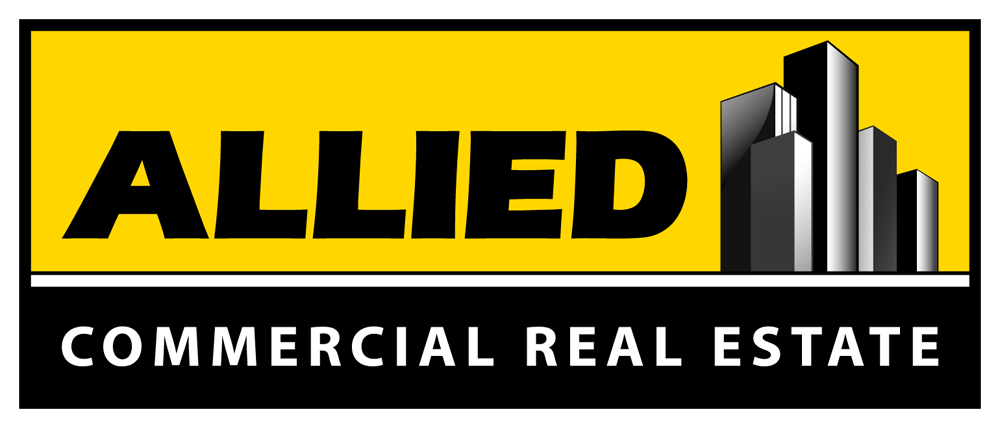Title Insurance
A transfer of the ownership of real property involves not only the preparation of necessary documents but also an examination and interpretation of public records for matters affecting that property in order to ascertain rights, interest, and liens of others. A policy of title insurance is an insured statement of the condition of the title of a particular piece of property. The policy shows who owns the land according to the public records and also what is recorded against the property in the way of taxes, mortgages, and deeds of trust, and any other liens and encumbrances of record.
It is thus very difficult to find a buyer who does not make use of a title report when buying a piece of property or a lender who will advance funds for the purchase of property without receipt of a title insurance policy. The title policy is a policy of indemnity since the title insurance company is insuring against loss in the event that its interpretation of the condition of title is incorrect. The beneficiary of the insurance is either the buyer of the property or the lender who has loaned money with the property as security for the loan.
A title insurance company, before issuing a policy, will perform an extensive search of the relevant public records to determine if any individual, other than the seller and including a government entity, has any right, lien, claim, or encumbrance which must be taken into account. This title search can be very complex because in certain cases records may be located in various federal, state, county, and municipal facilities.
Claims against title, even when they are without merit, frequently involve lengthy and expensive litigation, and part of the protection offered by a title insurance company is payment for any defense necessary against such claims.
TYPES OF POLICIES
Standard coverage policy
The basic form of coverage used in California, is known as the California Land Title Association Standard Courage Policy Form. This form (CLTA policy) has been established and standardized by the California Land Title Association, the trade organization for the title companies in California, to comply with the form and coverage approved and recommended by the American Title Association for use throughout the United States. It may be issued to insure an owner only, or a lender only, or it may insure both the owner and lender and thus be a joint-protection standard coverage policy. A leasehold policy can be issued to insure a lessee or sublessee, and an easement policy is available to insure the owner of an easement.
The standard policy insures the ownership of the estate or interest in the described land and the priority and lien, upon said estate or interest, of the insured mortgage or deed of trust. Its coverage is not limited to matters revealed by public records and includes protection against such defects as forged instruments in the chain of title; acts of minors and incompetents whose disability is undisclosed; instruments which may be void; and undisclosed rights of husband and wife when recorded instruments contain false recitals that an individual in question is unmarried.
The standard policy generally excludes claims not shown by the public record, mining claims, reservations in patents, and water rights. These exemptions result from the fact that the title insurance company does not ordinarily make a physical inspection or survey of the land or premises involved in a standard coverage policy. Where the buyer or lender is familiar with or has inspected the property in question, this type of coverage is sufficient.
Extended coverage policy
Extended coverage policies are available to both owners and lenders and, of course, cost more than the standard policy. The general exceptions contained in the standard policy are eliminated in the extended coverage policy.
The most commonly used extended coverage form policy is called the “American Land Title Association Policy Additional Coverage,” commonly known as an ALTA policy. In this policy, insurance is given that the lender has a valid and enforceable lien, subject only to the exclusions from coverage, if any, and such defects, liens, and encumbrances on the title as are shown on the policy. The policy expressly includes priority insurance to cover mechanic’s liens and assessments for street improvements.
This type of extended coverage can also be issued for an owner, lender, or both together. The insurance is generally written by using the standard coverage form and deleting therefrom the printed general exceptions shown on the policy.
There are, in addition to the two policies and coverages already discussed, many other types of special coverages for specific situations. Second mortgages generally require an additional policy.
Payment of title insurance fees:
The title insurance policy fee forms a part of the closing costs in the purchase of real estate. In the following counties it is customary for the buyer to pay for the title insurance: Alameda, Calaveras, Colusa, Contra Costa, Lake, Marin, Mendocino, Napa, San Francisco, San Mateo, Solano, and Sonoma.
In the following counties, it is customary for the seller to pay: Del Norte, El Dorado, Fresno, Glenn, Humboldt, Imperial, Inyo, Kern, Kings, Lassen, Los Angeles, Madera, Modoc, Monterey, Mono, Nevada, Orange, Placer, Riverside, Sacramento, San Benito, San Bernardino, San Diego, San Luis Obispo, Santa Barbara, Santa Clara, Santa Cruz, Shasta, Siskiyou, Stanislaus, Sutter, Tehama, Tulare, Ventura, Yolo, and Yuba.
The buyer and seller generally split the title fee equally in Amador, Merced, Plumas, San Joaquin, and Tuolumne, while in Butte County, the fee is generally split on the basis of 75 percent to the seller and 25 percent to the buyer. There is no legal requirement, however, that the cost of title insurance be assigned or split in any particular way; and if the buyer and seller agree, either party may pay the entire cost regardless of the county in which the transaction takes place.
Various risks:
Proper protection for a property owner is necessary because of the numerous risks and hazards, which can be found in connection with title to real property. The following are examples of such risks:
1. Any instruments which have been forged or improperly executed.
2. Instruments executed by individuals with a legal disability, such as a minor or an incompetent.





